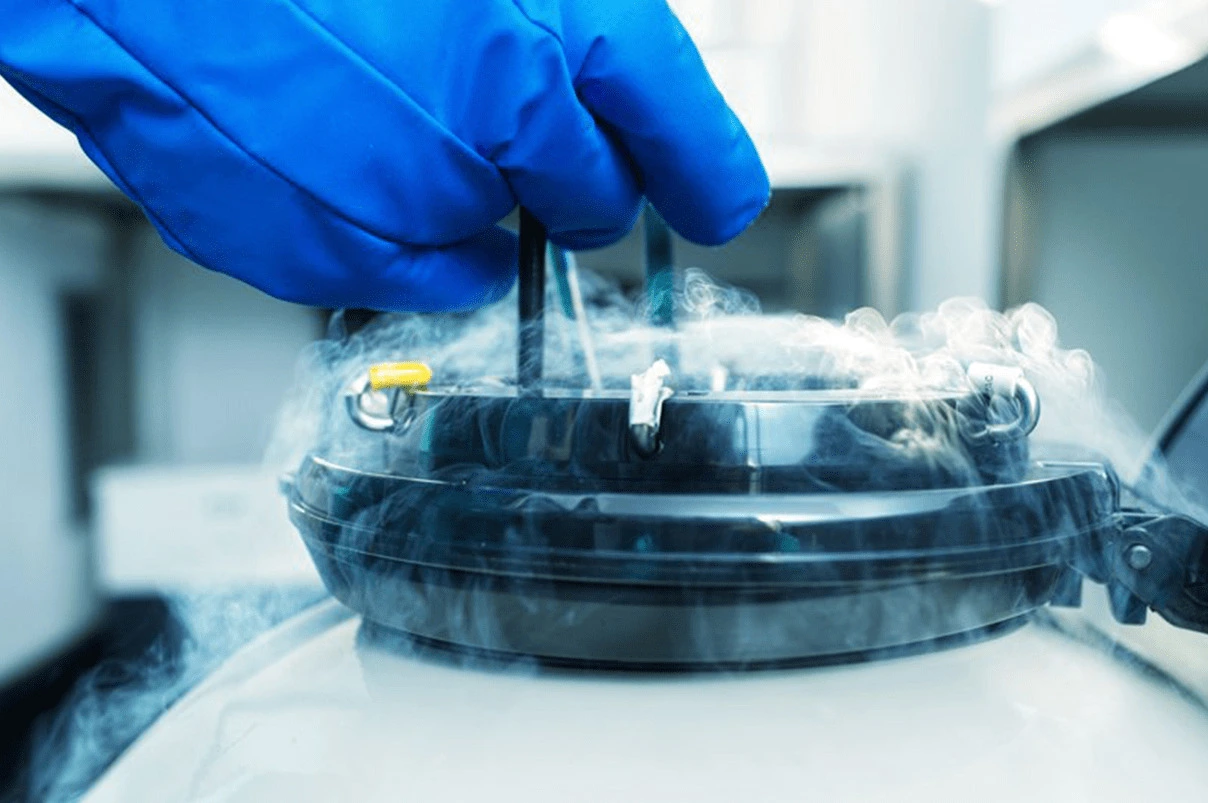Is Egg Freezing Effective? - Fertility Options | Fertility Point clinic

Egg freezing, also known as oocyte cryopreservation, has emerged as a powerful tool for women who wish to preserve their fertility for the future. Whether due to personal, professional, or medical reasons, egg freezing offers women the opportunity to delay motherhood until the time is right for them. However, the question often arises: "Is egg freezing effective?" We will delve into the effectiveness of egg freezing, the factors that influence its success, and why choosing Egg Freezing in Kenya could be a wise decision for women looking to secure their fertility.
Egg Freezing Explained | Preserving Fertility
Egg freezing involves extracting a woman's eggs, freezing them at an extremely low temperature, and storing them for future use. When the woman is ready to conceive, the eggs can be thawed, fertilized with sperm, and implanted in the uterus via in vitro fertilization (IVF). The process has become increasingly popular as more women seek to balance their careers, education, or health concerns with the desire to have children later in life.
The Process of Egg Freezing -What You Need to Know | Fertility Point Clinic
The egg-freezing process consists of several stages:
-
Initial Consultation and Testing
-
The journey begins with a consultation with a fertility specialist, who will evaluate the woman’s reproductive health. This includes blood tests to measure hormone levels (like AMH, FSH, and LH) and an ultrasound to assess ovarian reserve.
-
-
Ovarian Stimulation
-
To retrieve multiple eggs in one cycle, the woman undergoes ovarian stimulation. This involves daily hormone injections for about 10-14 days. The goal is to stimulate the ovaries to produce several mature eggs rather than the single egg that is typically released during a natural menstrual cycle.
-
-
Monitoring
-
During the stimulation phase, the woman is closely monitored through blood tests and ultrasounds to track the development of the follicles (the fluid-filled sacs that contain the eggs). The specialist will adjust the medication dosages as needed to optimize egg production.
-
-
Egg Retrieval
-
Once the follicles have reached the desired size, a trigger injection is administered to mature the eggs. The eggs are then retrieved through a minor surgical procedure called transvaginal ultrasound aspiration. This is performed under sedation, and a needle is used to collect the eggs from the ovaries.
-
-
Cryopreservation
-
The retrieved eggs are then frozen using vitrification, which rapidly cools the eggs to prevent the formation of ice crystals that could damage the cell structure. The eggs are stored in liquid nitrogen at very low temperatures until the woman is ready to use them.
-
Effectiveness of Egg Freezing
The effectiveness of egg freezing is determined by several factors the woman’s age at the time of freezing, the number of eggs retrieved, and the quality of the eggs. Here is a breakdown of how these factors impact the effectiveness of egg freezing.
1. Age at the Time of Freezing
Age is the most critical factor influencing the success of egg freezing. The younger a woman is when she freezes her eggs, the higher the chances of those eggs leading to a successful pregnancy. Women are born with a finite number of eggs, and both the quantity and quality of these eggs decline with age. By freezing eggs at a younger age, typically in the 20s or early 30s, women can preserve the higher quality eggs that are more likely to result in successful fertilization and pregnancy.
2. Number of Eggs Retrieved
The number of eggs retrieved during the egg-freezing cycle also plays a crucial role in determining the chances of success. Not all retrieved eggs will survive the freezing and thawing process, and not all will fertilize or develop into healthy embryos. Therefore, retrieving more eggs increases the likelihood of having viable eggs that can result in a pregnancy.
3. Egg Quality
Egg quality is influenced by various factors, including the woman’s age, lifestyle, and overall health. High-quality eggs have a better chance of surviving the freezing and thawing process, fertilizing, and developing into healthy embryos. While the process of vitrification has greatly improved the survival rate of frozen eggs, it is still important to consider the quality of the eggs being frozen.
4. Freezing and Thawing Techniques
The method used to freeze and thaw the eggs can significantly impact their viability. Vitrification, the current standard for egg freezing, has a high success rate because it rapidly cools the eggs, minimizing the risk of ice-crystal formation that could damage the eggs. Proper thawing techniques are equally important to ensure that the eggs remain viable when they are ready to be fertilized.
Success Rates of Egg Freezing
The success rates of egg freezing are measured by the likelihood of a live birth resulting from frozen eggs. Success rates can vary widely based on the factors discussed above, but overall, the chances of success are higher for younger women who freeze a sufficient number of high-quality eggs.
For women under 35, the chances of a live birth per frozen egg can range from 4% to 12%. This means that to achieve a 70% to 80% chance of having a baby, a woman might need to freeze around 15-20 eggs. As a woman’s age increases, the success rate per egg decreases, which is why freezing eggs at a younger age is generally recommended.
Conclusion
Egg freezing is an effective method of fertility preservation that offers women the opportunity to delay motherhood while preserving the quality of their eggs. The success of egg freezing is influenced by factors such as the woman’s age, the number of eggs retrieved, and the quality of the eggs. When performed by skilled specialists using advanced vitrification techniques, egg freezing can provide a viable path to future parenthood
